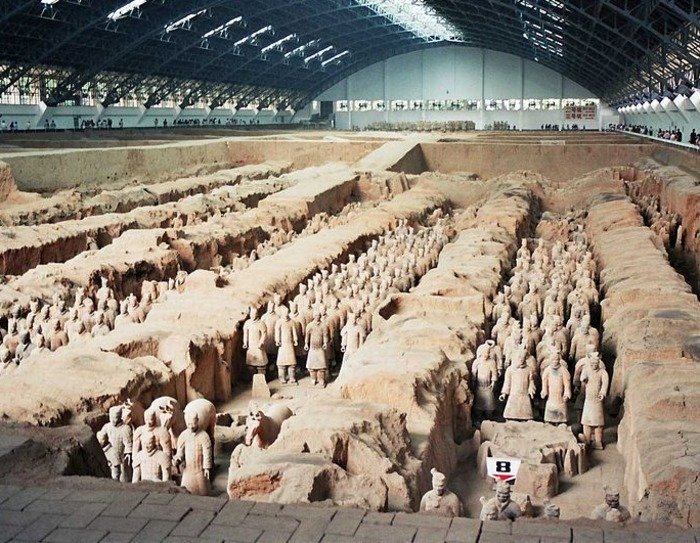BEIJING, Dec. 4 (UPI) -- Archaeologists say they've found the remains of an ancient imperial palace in China near the tomb of emperor Qin Shi Huang, home of the famous terracotta army.
The palace is the largest complex discovered so far in the huge 22-square-mile mausoleum of the 2nd century B.C. emperor located on the outskirts of the ancient capital city Xi'an in central China, Britain's The Guardian reported Monday.















